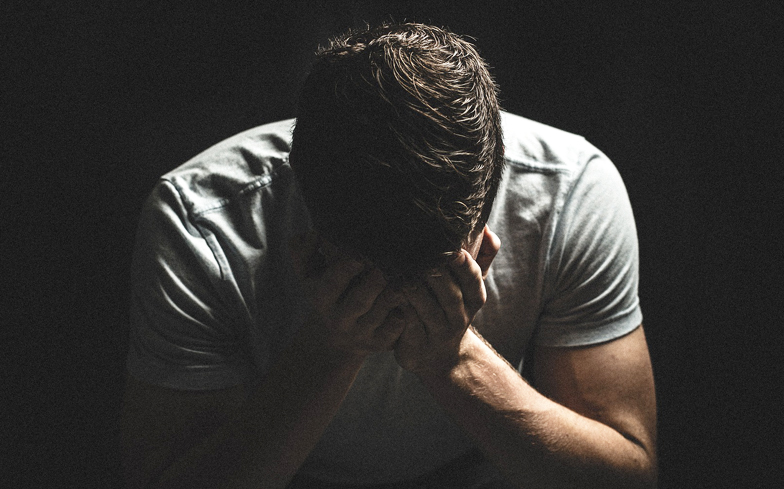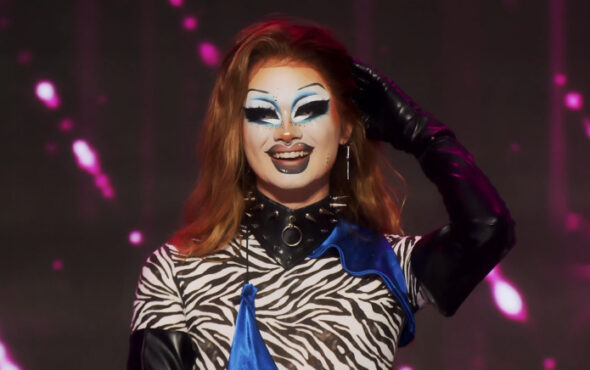
I was heading out to meet some friends in February of this year. It was late in the afternoon, but already dark.
A group of teenagers, perhaps four in total, emerged from an alleyway to my right. One of them shouted “faggot” in my direction. I considered whether I should push my phone deeper into my pocket, but I did not want them to know that I was intimidated. I heard the word faggot again, two of them now chanting it. I swiftly crossed the road and, picking up my pace, broke into a jog. The jeering receded. I breathed a sigh of relief when I realised they had not pursued me.
In June, as I delivered leaflets, I knocked on a man’s door and was shocked to be met with an expletive and told loudly that he “couldn’t believe another gay twat was on his doorstep.”
I was lucky, in February and June, that neither of these situations escalated. A friend of mine was not so fortunate. She is trans and was attacked in Leicester Square, in front of hundreds of people, in 2015. Two men started harassing her, before punching her in the stomach. Sadly, I know that encounters like mine, or that of my friend, will be familiar to most LGBTQ people in London and across the UK.
Hate crimes can range from physical violence and intimidation, to theft or damage of property. Stonewall’ s LGBT in Britain: Hate Crime and Discrimination report, released in 2017, noted a number of trends. Anti-LGBTQ hate crime is on the rise. For example, the number of lesbian, gay and bisexual people who have experienced a hate crime in the last year because of their sexual orientation has risen by 78%, from 9% in 2013 (Stonewall, Homophobic Hate Crime , 2013) to 16% per cent in 2017.
Some sections of the LGBTQ community, particularly trans and non-binary people, are affected disproportionately. Whilst one in five LGBTQ people have experienced a hate crime or incident because of their sexual orientation and/or gender identity in the last 12 months, this rises to two in five for trans people and three in ten for non-binary people. One in ten LGBTQ people have experienced homophobic, biphobic or transphobic abuse online directed towards them personally in the last month, increasing to one in four for trans people.

Image: Philip Baldwin
LGBTQ people do not always feel safe in certain areas, including where they live. They modify their patterns of behaviour accordingly. More than a third of LGBTQ people say they are not comfortable walking down the street while holding their partner’s hand, increasing to three in five for gay men. Three in ten LGBTQ people avoid particular streets altogether. A third of LGBTQ people avoid certain restaurants and bars, for fear of discrimination.
LGBTQ people remain reluctant to report incidents to the police, as many do not believe they will be taken seriously. Anti-LGBTQ hate crime is massively under-reported, despite increased awareness. Four in five anti-LGBTQ hate crimes and incidents go unreported. As a community we are now more visible than ever. Hate crime incidents spike in the summer, when we are marching or otherwise participating in Pride festivals.
Key recommendations include calling on police forces to improve their training for officers and frontline staff so they can better identity and record cases of anti-LGBTQ hate crime, and for them to increase engagement with the LGBT communities they represent. Social media and online platforms should communicate clearly to all users that anti-LGBTQ abuse will not be tolerated. Local businesses can display a sign that there is a zero-tolerance policy on anti-LGBT abuse and language. Staff should be made aware of this and care should be taken that trans people are treated appropriately.
The LGBT Action Plan, released by the Government last month, made a number of commitments, including outlining how they will take steps to make LGBTQ people feel safer in their communities.
As part of this, they are planning to take further action on anti-LGBTQ hate crime within the upcoming refresh of the 2016 Hate Crime Action Plan. Stonewall and other organisations are calling for hate crime laws to be amended so that those based on sexual orientation, gender identity and disability are treated equally to those based on race and faith.
Levels of hate crime are another clear indicator that, whilst the legislative framework to protect LGBTQ people is broadly in place, many LGBTQ people live their daily lives in fear of discrimination and even violence, for no reason other than their sexuality or gender identity.
Hopefully the proposals outlined in the LGBT Action Plan will enable a corner to be turned, so that the alarming levels of hate and abuse that LGBTQ people continue to face in Britain today can be tackled once and for all.



